
Do you have a question about the Daikin VRV Inverter K Series and is the answer not in the manual?
| Refrigerant | R410A |
|---|---|
| Operating Temperature (Cooling) | -5°C to 46°C |
| Series | K Series |
| Power Supply | 3-phase, 380-415V, 50Hz |
| Indoor Unit Options | Cassette, Duct, Wall Mounted |
| Energy Efficiency Ratio (Cooling) | Varies by model |
| Coefficient of Performance (Heating) | Varies by model |
Detailed explanation of the functions of the Inverter K Series.
Procedures and guidelines for testing the Inverter K Series.
Critical safety instructions for handling and repair.
Specific cautions to be observed during repair work.
Safety guidelines to follow after repair work is completed.
Procedures for inspecting the system after repair.
Explains the functions specific to the PLUS Series.
Explains the roles of various thermistors and pressure sensors.
Lists safety devices and functional parts with settings for outdoor units.
Details the soft start process to protect the compressor.
Outlines the conditions required for executing oil return control.
Specifies the conditions that trigger defrost operation.
Explains compressor oil temperature protection mechanisms.
Details the steps for low pressure protection control.
Explains control measures for cooling overload.
Details the steps for controlling high pressure.
Protection control for discharge temperature for both unit types.
Explains how the system operates when a unit is faulty.
Details the first type of emergency operation when an outdoor unit malfunctions.
Explains the second type of emergency operation for faulty outdoor units.
Troubleshooting guide for the PLUS Series.
General troubleshooting steps for VRV PLUS Series.
Lists malfunction codes, their contents, and corresponding pages.
Troubleshooting steps for outdoor unit safety device actuation.
Troubleshooting for defective outdoor unit PC boards.
Troubleshooting steps for outdoor unit high pressure switch actuation.
Troubleshooting steps for outdoor unit low pressure switch actuation.
Troubleshooting for electronic expansion valve moving part malfunctions.
Troubleshooting steps for abnormal discharge pipe temperatures.
Troubleshooting for low pressure issues related to refrigerant or EEV.
Troubleshooting steps for transmission malfunctions between indoor units.
Troubleshooting for transmission malfunctions between outdoor units.
Troubleshooting steps for master/slave remote controller communication issues.
Troubleshooting for transmission malfunctions within the same system.
Troubleshooting steps for duplicate addresses in central remote controllers.
Troubleshooting for issues where the refrigerant system is not set or wiring/piping is incompatible.
Key points for diagnosing inverter system failures.
Guide on using the monitor switch on the inverter PC board for diagnostics.
Guide on using the monitor switch on the inverter PC board for diagnostics.
Troubleshooting steps for inverter radiating fin temperature rise issues.
Troubleshooting steps for inverter instantaneous over-current faults.
Troubleshooting for inverter thermostat sensor and compressor overload issues.
Troubleshooting steps for inverter stall prevention and compressor lock.
Troubleshooting for transmission malfunctions between inverter and control PC boards.
Troubleshooting for connection issues between inverter and outdoor PC boards.
Troubleshooting steps for insufficient power supply or instantaneous failures.
Troubleshooting for malfunctions related to the inverter radiating fin temperature sensor.
Troubleshooting steps for inverter over-ripple protection.
Troubleshooting steps for defects in the radiator fin temperature sensor.
Details on backup and emergency operation features.
Explains the backup operation when a constant speed outdoor unit malfunctions.
Details emergency operation procedures when an outdoor unit malfunctions.
Procedures for pump down operation during compressor replacement.
Step-by-step method for performing pump down operation.
Test operation procedures specific to the PLUS Series.
Outlines the general procedure and sequence for test operation.
Pre-checks to perform before turning on power for test operation.
Steps for turning on the power for test operation.
Explains system behavior and settings after power is turned on.
Troubleshooting communication issues between central remote controller and indoor units.
Step-by-step guide for replacing inverter power transistors and diode modules.
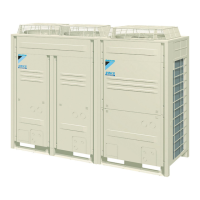
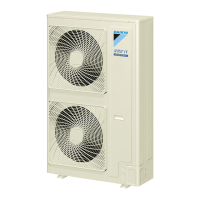

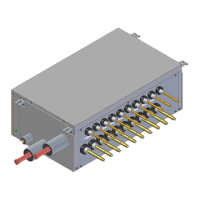

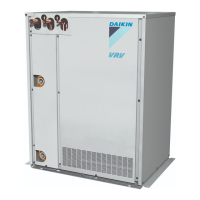
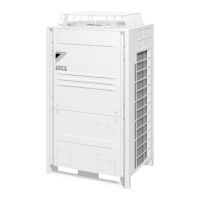



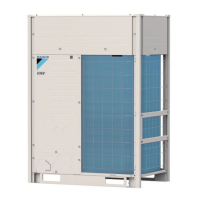
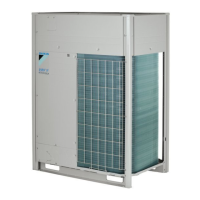
